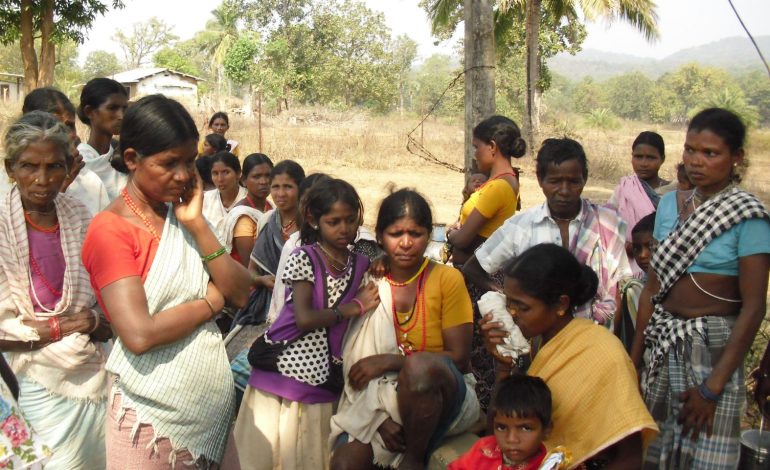The risk of dying from non-communicable diseases (NCDs) such as heart disease, cancer, and chronic respiratory illnesses has increased in India over the decade preceding the COVID-19 pandemic, according to a study published in The Lancet.
Rising NCD Mortality in India
The study, led by Professor Majid Ezzati from Imperial College London, found that between 2010 and 2019:
-
The probability of women dying from an NCD increased by 2.1%
-
For men, the increase was 0.1%
-
Highest risk: women over 40 years and men over 55 years
For women, the likelihood of dying from an NCD between birth and age 80 rose from 46.6% in 2011 to 48.7% in 2019, reversing the slight decline seen in the previous decade.
For men, the smaller rise is attributed to better diagnosis and treatment of conditions such as ischemic heart disease and liver cirrhosis.
Key Contributors to Rising Deaths
The study highlights ischemic heart disease and diabetes-related complications (including chronic kidney disease) as major factors driving NCD deaths in India for both sexes between 2010–2019.
Other findings include:
-
Decreases in deaths from liver cirrhosis and several other NCDs for both sexes
-
Additional improvements in men for stomach cancer, COPD, stroke, and circulatory diseases
-
Concerning trend: India is among only five countries showing increased lung cancer mortality, along with Armenia, Iran, Egypt, and Papua New Guinea
Global Trends in NCD Mortality
Globally, the study shows:
-
NCD death risk increased in 33 countries for women and 38 for men
-
Decline in 152 countries for men and 147 countries for women
However, the authors caution that data quality for India is very low, meaning these findings are subject to substantial uncertainty.
Implications for Public Health
The research emphasizes the growing public health challenge of NCDs in India and highlights the need for stronger preventive measures, early diagnosis, and effective treatment.
It also underscores the importance of improving data quality for accurate health policy planning and resource allocation.







